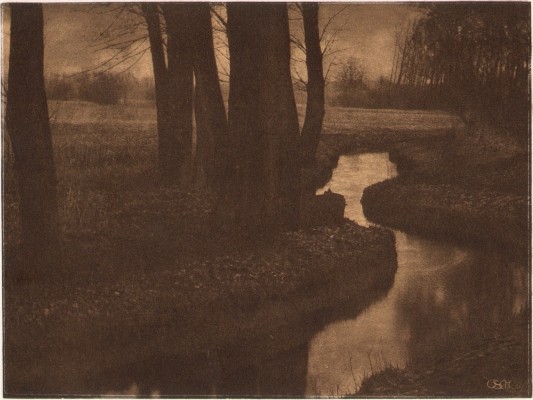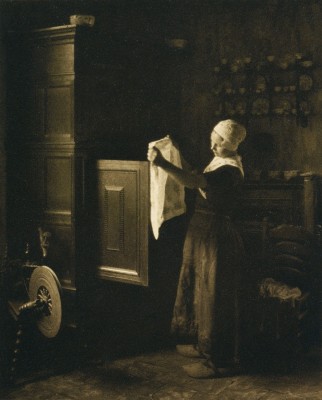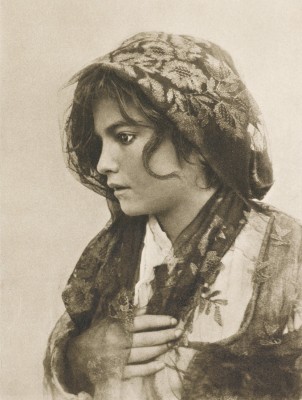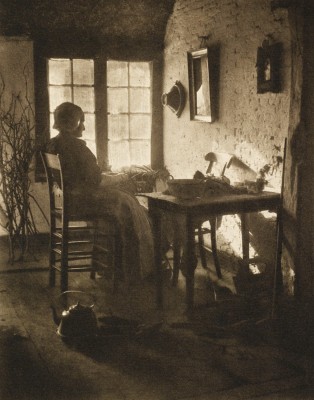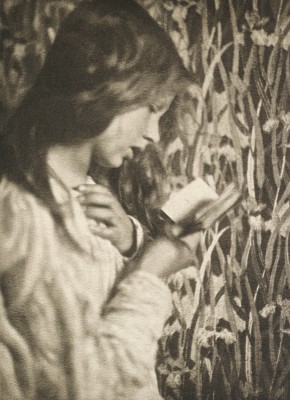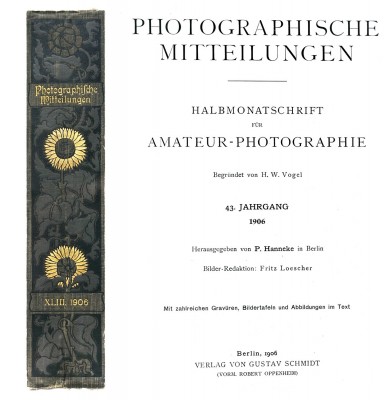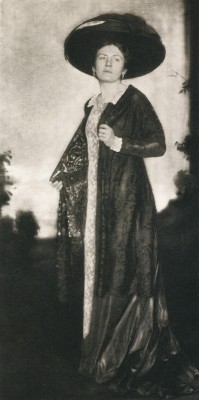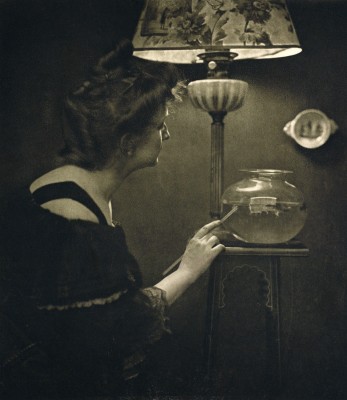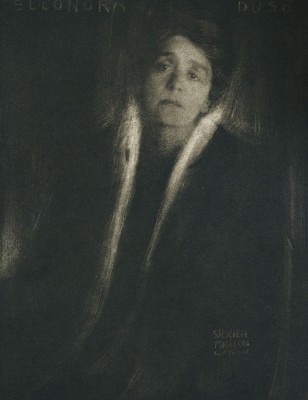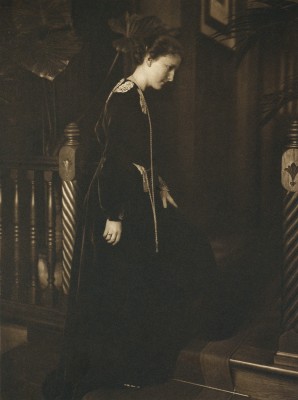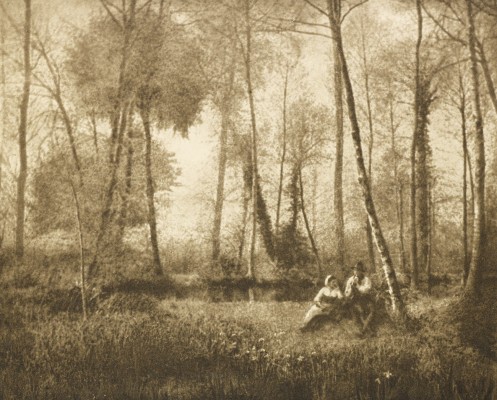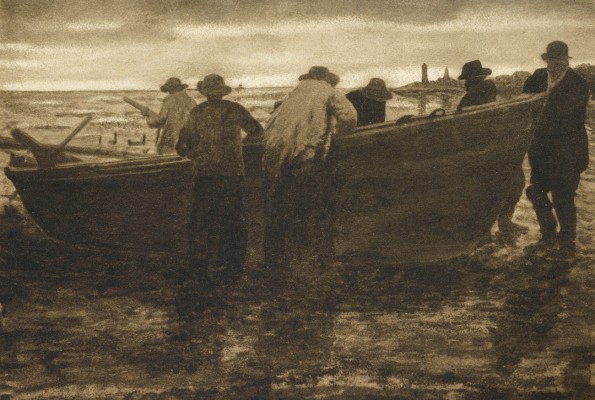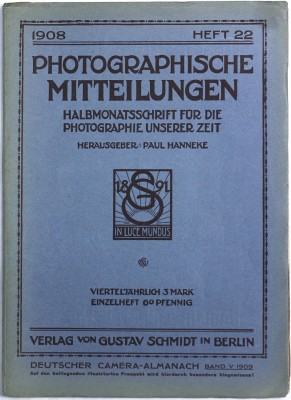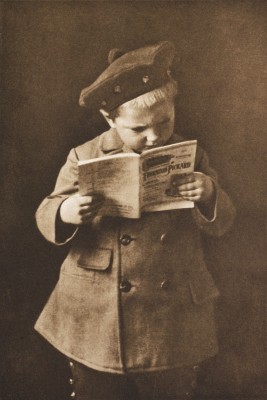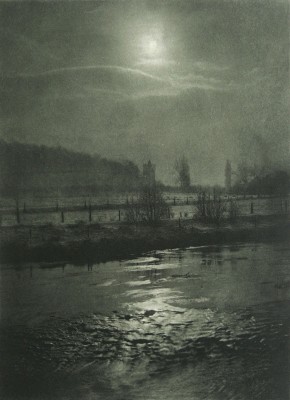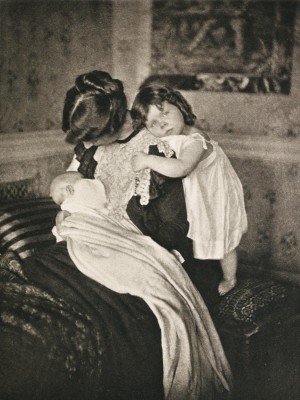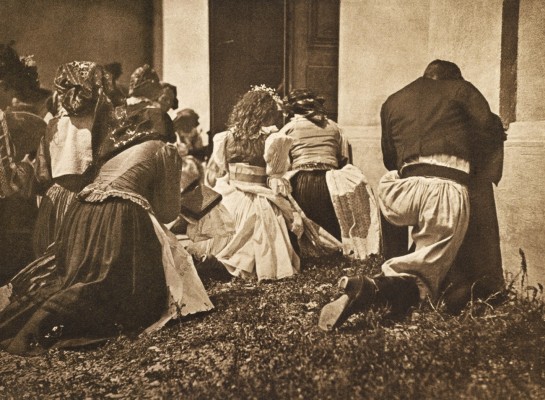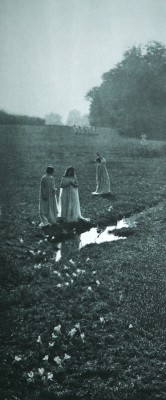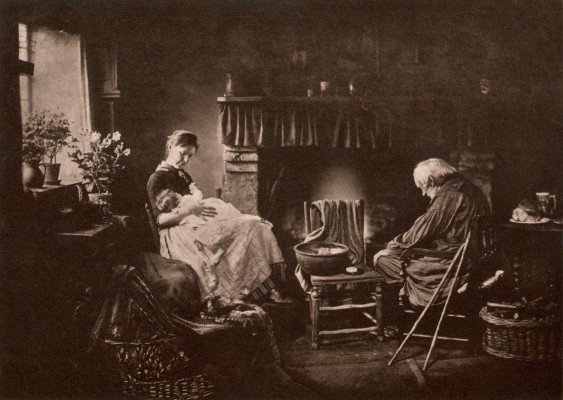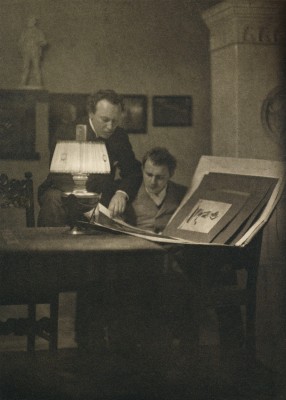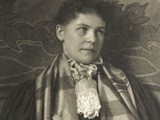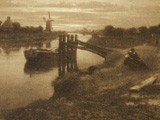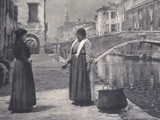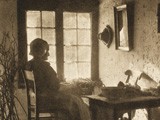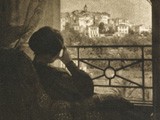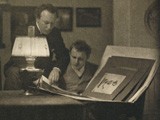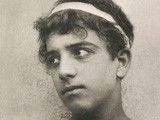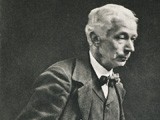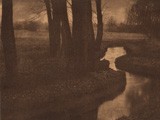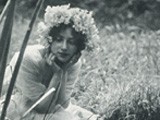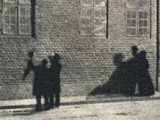Photographische Mitteilungen: 1864-1911: A Lasting Legacy to German photochemist Hermann Wilhelm Vogel
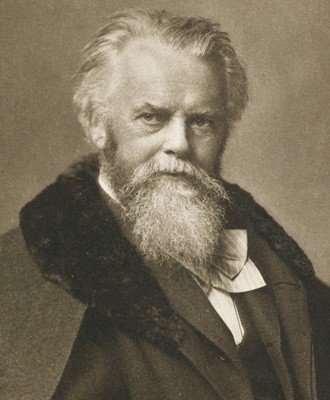
Photographische Mitteilungen founder Professor Dr. Hermann Wilhelm Vogel: March 26, 1834-December 17, 1898
By all accounts, pioneering German photochemist Hermann Wilhelm Vogel (1834-1898):
“was always a follower and lively defender of artistic photography.” 1.
The irony is that the photographic journal he founded in 1864, Photographische Mitteilungen, (Photographic Reports) would not fully realize this ideal until after his death in late 1898.
By design a technical photographic journal, Photographische Mitteilungen was designed to advance ongoing scientific research occurring in Germany and Europe pertaining to Photography. The same year, Vogel founded and oversaw a photographic laboratory at the Royal Trade Institute in Berlin (which merged with the Berlin Technical College in 1879). 2.
Scientific networking relating to Photography spurred advancements made in Germany, and Vogel’s importance in this area cannot be underestimated. In this regard, Vogel founded the Photographic Society in Berlin in 1863 which in turn gave birth in 1869 to the Society for the Promotion of Photography. These in turn launched the German Society of Friends of Photography in 1887 and shortly thereafter the Free Photographic Union in Berlin in 1889. 3.
Today, Vogel is mostly known as having taught a young Alfred Stieglitz while Stieglitz was an impressionable college student in Berlin in the early 1880’s; however, Vogel had been recognized the world over a full decade earlier in 1873 for his “discovery of color sensitizing with the so-called “optical sensitizers.” 4.
Before there was even a true color photographic process, (Lumière’s 1907 Autochrome process) photographic practitioners after the mid 19th century were most concerned with delineating shades of gray into their respective true likeness based on their true color. Before Vogel’s groundbreaking research, Photography’s bugaboo was that objects photographed would be rendered on the photographic plates of the day in similar shades of gray. (For example-a blue sky, green leaves and red apple would all appear alike in tone.)
“From Vogel’s discoveries developed the new color-sensitive processes which permit photography with correct tone values and called forth an essential change in the photography of colored objects.” 5.
Published twice monthly, Photographische Mitteilungen had always included a variety of photographic illustrations, similar to other technical photographic journals of the day. Early in its life, these took the form of original photographs. Later, beginning in the early 1890’s, hand-pulled photogravures began appearing in the journal. By this time, Dr. Ernst Vogel, the son of H.W. Vogel, was co-editing the journal with him and carrying on his father’s interest in color photography by doing extensive research in the three-color halftone reproduction process. In 1893, Ernst Vogel entered the photo-engraving business in partnership with Georg Büxenstein in Berlin. (6) Earlier, hand-pulled photogravures had appeared in the journal done by the Berlin atelier Meisenbach Riffarth. (7) After the formation of the Büxenstein partnership however, more and more photogravure plates appeared in its pages, with almost all after 1900 being done by them.
Ernst Vogel was only 35 years old when he died a short two years after his father in 1901. Sole editorship of the journal then became the job of photochemist Paul Hanneke, who possessed additional skills as an author and writer and had previously worked with H.W. Vogel as an assistant in his photochemical laboratory at the Berlin Technical College. (Technischen Hochschule zu Berlin)
To be sure, with Hanneke’s background as a chemist, Photographische Mitteilungen would be technical in nature until it no longer existed under its own imprint after 1911. (It then merged with Photographische Rundschau to become Photographische Rundschau und Mitteilungen beginning in 1912.) But perhaps because of Ernst Vogel’s previous relationship with Büxenstein already established, hand-pulled photogravure plates by them as well as other speciality plates by the firm appeared consistently in its’ pages a full decade after his death, making it then and today a valuable and important historical document of German, Continental and artistic photography the world over.
PhotoSeed presents nearly all of these specialty plates appearing in the journal from the final year of H.W. Vogel’s involvement in 1898 until the final year of imprint in 1911. 8.
